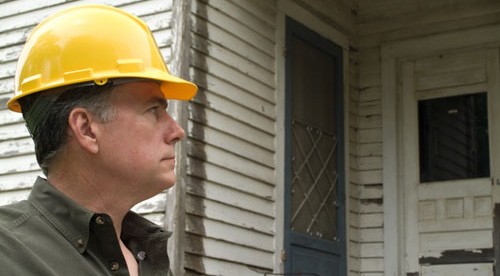So you’ve accepted the obvious fact that the flooring you choose will inevitably become the focal point of your entire home design project, and now you’re at that indecisive stage where you’re either overwhelmed with options or at a loss for ideas. One of the easiest ways to decide on a type of flooring is to break the selection down into steps by answering these questions: A) Do you want hard or soft floors? B) What is your budget for flooring? C) Do you have any color scheme or preconceived design preferences?
Answering the three questions above will give you a solid starting point from which to start your comparison. Regarding budget limitations, the cost of a flooring installation will vary widely depending on the chosen materials and the total area of the installation. One of the best ways to get an accurate quote is to consult with an expert at a flooring store about your specific situation. If you’re using an online flooring store to compare options, look for a button or option like “Request free estimate.”
To help provide some inspiration for your selection, we’ve listed the 7 most popular kinds of flooring used by today’s home design professionals:
1. Hardwood
Hardwood floors come in an array of colors, woods, types, grades, and finishes. First, you’ll probably want to choose the type of wood, whether that be oak, ash, walnut, or maple. As far as grade is concerned, for a cleaner look go with “clear wood,” or for a more rustic look opt for “select wood.” Another commonly overlooked factor that affects appearance is the sawing method, so be sure to research the definitions of plainsawn, quartersawn, riftsawn, and livesawn. Factory finished hardwood floors are also typically clearer than unfinished wood.
2. Laminate
Laminate floors are often used as a more affordable alternative to hardwood, offering a variety of wood appearances including cherry, maple, oak, pine and more. This type of flooring can also look like tile and stone textures. If you’re looking for a hard flooring material that won’t break the bank, we suggest you consider laminates first. Laminate is also significantly easier and less expensive to install than authentic hard floors.
3. Vinyl
Vinyl is a similar option to laminate in that it can look like more expensive flooring materials but at a fraction of the price. There are two main types to choose from: inlaid – where the design is embedded into the vinyl sheet or tile, and printed – where the design is printed on the surface of the sheet or tile. Inlaid vinyl flooring has more depth and looks more authentic than printed vinyl, but it is also usually more costly.
4. Cork
Many people aren’t even aware that the same material used as a wine stopper can also make a very comfortable and appealing flooring material. In addition to being an interesting and rare addition to any project, cork floors carry a multitude of benefits. They have a softer feel than other hardwood floors (great for kids), they’re naturally resistant to termites, mold, and mildew, and cork is even fire resistant. Cork floors are also typically quieter and more comfortable on bare feet, and when properly maintained they can last for more than 4 decades.
5. Bamboo
Bamboo is a commonly overlooked option that can really add a lot of character to any floor space with an exotic look. It is available in two types: Engineered planks – wide planks are snapped together in a floating-floor installation, and solid bamboo planks – installed similarly to conventional hardwood floors with planks being fastened onto a surface using nails and/or staples. Solid bamboo is available in strand form, flat-grain strip, and vertical grain strip.
6. Tiles
Tile floors remain a popular choice with many homeowners because of their durability, cleanliness, and ease of maintenance. Unlike some laminate, vinyl, and carpet flooring, solid tiles won’t put off any microfiber dust and other products of wear and tear that reduce indoor air quality. Furthermore, there’s a huge range of colors and textures to choose from.
7. Carpet
While carpet is easier to stain than other types of flooring, it compensates for that by providing superior comfort, acoustics, and insulation. There’s no denying that walking barefoot on a carpet floor is more welcoming than walking barefoot on a cold hard floor.
Conduct Your Comparison at the Flooring Store
Ultimately, your selection should be based on your personal preference, comfort needs, and project budget, all of which should be discussed with a flooring specialist. Regardless of which materials you choose, be sure to thoroughly research each of the flooring materials mentioned above before making your decision.





